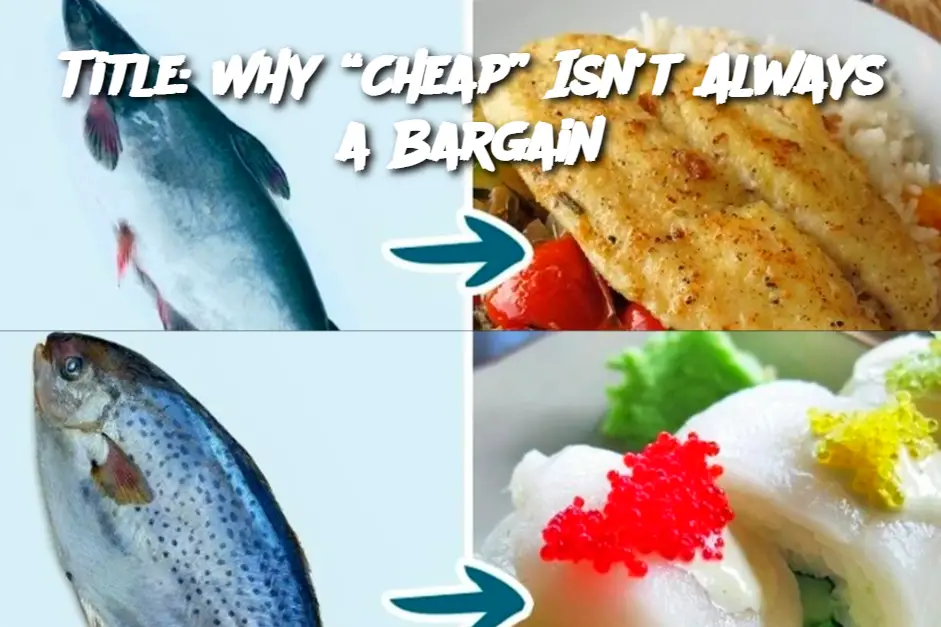-
Check for Hidden Costs:
-
Sometimes a low price doesn’t include extras you may need, like batteries, attachments, or special cleaning products. Consider the total cost before making a decision.
-
-
Inspect the Item Thoroughly:
-
If possible, examine the product for signs of damage, missing parts, or poor workmanship. If it’s food, check expiration dates and the condition of the packaging.
-
-
Research the Brand and Seller:
-
Take a moment to look up the brand’s reputation or see if the seller has consistently positive reviews. A little research can reveal whether a “cheap” deal is truly worth it.
-
-
Compare Prices Elsewhere:
-
Sometimes what appears to be a bargain at one market is simply a regular price at another store. Check online or at nearby shops to confirm that you’re actually getting a good deal.
-
-
Consider Long-Term Use:
-
Ask yourself how long the item will last. A more expensive but better-quality version might end up costing less over time than repeatedly replacing a cheaper, lower-quality product.
-
Serving and Storage Tips (Making the Most of Your Purchase):
-
Test Immediately: If possible, test the item as soon as you buy it. This ensures it works as expected and helps you address any issues within the return window.
-
Store Properly: For food or perishable items, follow proper storage instructions to extend their shelf life. For non-perishables, keep them in a safe, dry place to maintain their condition.
-
Keep Documentation: Save receipts, warranty information, and any included manuals. These can be invaluable if you encounter problems down the line.
Variants (When Cheap Is Actually Okay):
-
Seasonal or Clearance Sales:
-
Items discounted at the end of a season or because of new stock arrivals can be genuine bargains if they’re still in good condition.
-
-
Bulk Purchases of Non-Perishables:
-
If you find a trusted brand’s non-perishable items on sale, buying in bulk can save you money without compromising quality.
-
-
Overstock or Shelf-Pulls:
-
Sometimes retailers discount overstocked products or items with outdated packaging. These can be excellent deals if you verify the product quality beforehand.
-
FAQ:
Q: Are cheap items always lower in quality?
A: Not always. Some low-cost items are perfectly fine, especially if they’re overstocked, seasonal, or part of a clearance sale. However, it’s important to be cautious and inspect them carefully.
Q: How can I tell if a deal is too good to be true?
A: If the price is drastically lower than similar products elsewhere, check for signs of damage, missing parts, or short expiration dates. Research the brand and read reviews to confirm quality.
Q: Should I always avoid buying cheap items?
A: No, but it’s wise to take your time and evaluate whether the item is truly worth the price. Informed decisions help you avoid future disappointment or additional costs.
Q: What’s the best way to compare prices?
A: Use online shopping platforms, price-comparison websites, or apps that let you scan barcodes. Also, check multiple local stores to see how prices vary.
Q: What if I regret buying a cheap item?
A: Check the return policy. If the item is defective or doesn’t meet your expectations, many sellers will allow returns or exchanges. Just be sure to keep your receipt
